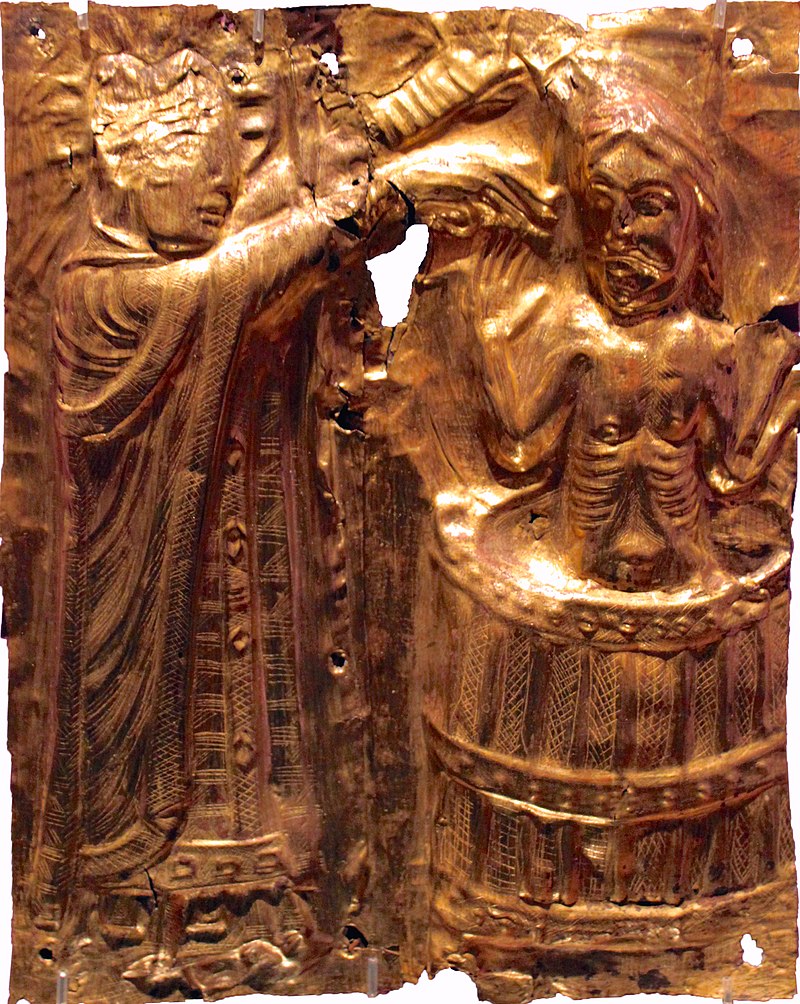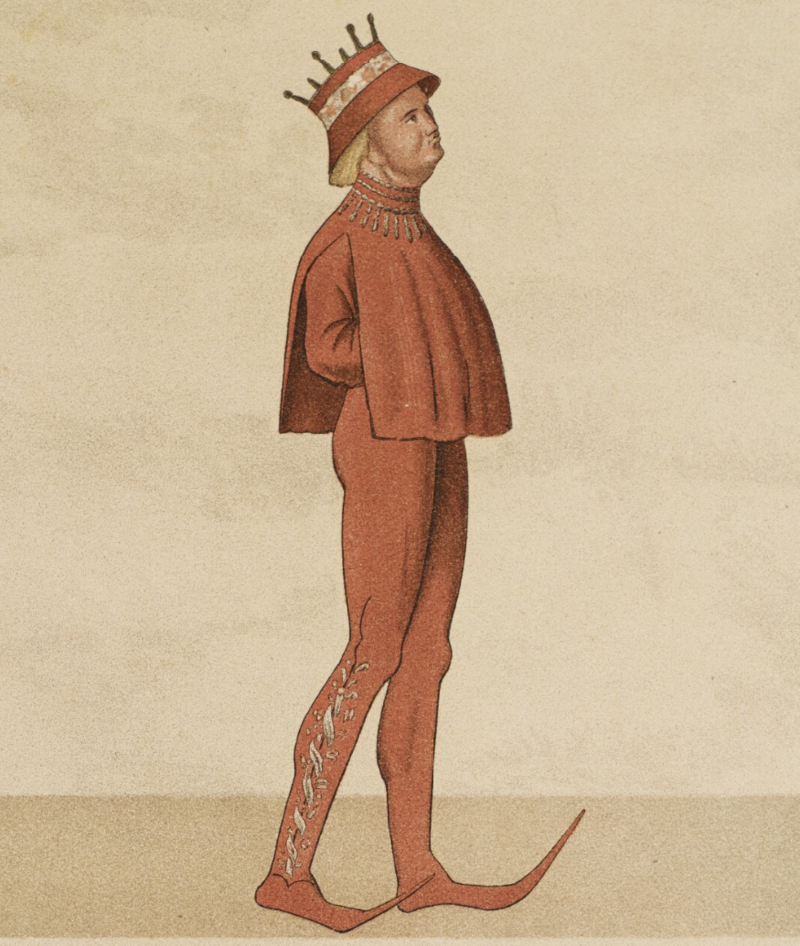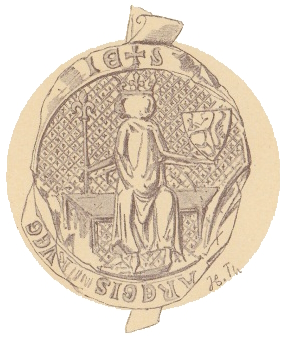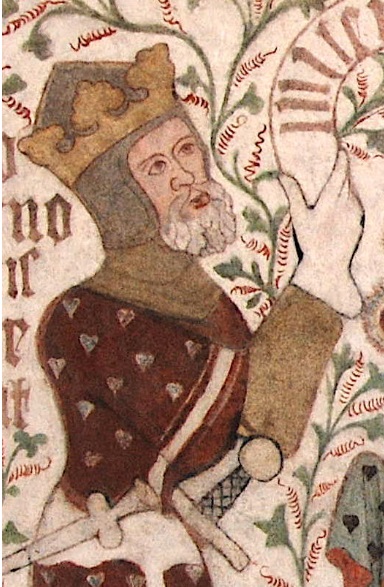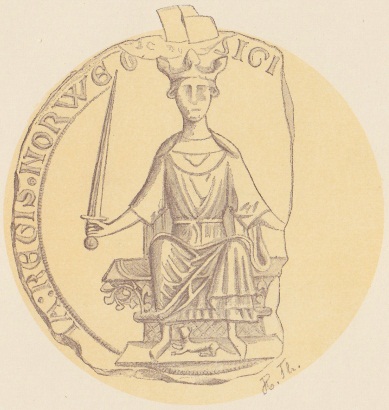by Susan Flantzer
© Unofficial Royalty 2025

King Haakon VII and Queen Maud of Norway on their coronation day; Credit – Wikipedia
The Kingdom of Norway was established in 872 as a merger of many small kingdoms. Under the Kalmar Union from 1397 to 1523, Denmark, Sweden, and Norway were ruled together under one monarch. In 1523, Danish rule was overthrown in a rebellion led by Swedish nobleman Gustav Vasa, who became King Gustav Vasa I of Sweden. From 1525 to 1814, Norway was a part of the Kingdom of Denmark-Norway, and from 1814 to 1905, it was in a personal union with the Kingdom of Sweden.
In 1905, when the union between Sweden and Norway was dissolved, the Norwegian government began searching for candidates to become King of Norway. Because of his descent from prior Norwegian monarchs and the British connections of his wife Princess Maud of Wales, Prince Carl of Denmark, the second son of King Frederik VIII of Denmark, was the overwhelming favorite. Before accepting, Carl insisted that the voices of the Norwegian people be heard concerning retaining a monarchy. Following a referendum with a 79% majority in favor of a monarchy, Prince Carl was formally offered and accepted the throne. He sailed for Norway, arriving on November 25, 1905, and took the oath as King Haakon VII of Norway two days later. His two-year-old son, previously Prince Alexander of Denmark, was given the more Norwegian name Olav and became Crown Prince of Norway, and later King Olav V of Norway.
The Norwegian Royal Family are members of the House of Glücksburg, shortened from House of Schleswig-Holstein-Sonderburg-Glücksburg.
- Unofficial Royalty: Kingdom of Norway Index
- Unofficial Royalty: Line of Succession to the Throne of Norway
The Norwegian Monarch

King Harald V of Norway; Credit – Wikipedia -By Sámediggi – Sametinget
His Majesty King Harald V of Norway is the current King of Norway. He succeeded to the throne on January 17, 1991, when his father King Olav V died.
Prior to 1990, Norway’s succession was male-preference cognatic primogeniture. In 1990, Norway adopted absolute primogeniture whereby the crown goes to the eldest child regardless of gender. However, this applies only to the grandchildren and further eligible descendants of King Harald V. King Harald V’s children are ranked in the line of succession according to male-preference cognatic primogeniture which was in effect before 1990. Crown Prince Haakon, born in 1973, and his eligible descendants take precedence over his older sister Princess Märtha Louise, born in 1971, and her eligible descendants.
The Norwegian Monarch as head of state must be a member of the Evangelical Lutheran Church of Norway. Only people descended from the reigning monarch can be in the line of succession to the throne of Norway. This makes the line of succession quite short. Currently, only seven people are in the line of succession, King Harald V’s two children and his five grandchildren. If the line of succession comes to an end, the Storting, Norway’s parliament has the right to elect a new king or queen.
The Norwegian Royal Consort

Queen Sonja of Norway; Credit – Wikipedia – Av Tore Sætre – Eget verk
The wives of Norwegian kings have been styled Her Majesty and titled Queen <name> of Norway. The current consort is Her Majesty Queen Sonja of Norway, born Sonja Haraldsen in Oslo, Norway. Sonja became the first Queen Consort of Norway in 53 years, since Queen Maud, born Princess Maud of Wales, the wife of King Haakon VII, died in 1938.
Norway has had only one reigning Queen. Margarethe I, Queen of Denmark, Norway, and Sweden reigned in Denmark 1387 – 1412, reigned in Norway 1388 – 1412, and reigned in Sweden 1389 – 1412. Her husband was a king in his own right – Haakon VI, King of Norway and Sweden – so there is no precedent for the style and title of a husband of a reigning Queen of Norway. However, Norway will likely have a reigning Queen in the future. The eldest child of Crown Prince Haakon, Princess Ingrid Alexandra of Norway, is second in the line of succession and will become the Crown Princess when her father becomes King and then succeed him as a reigning Queen.
The Heir to the Norwegian Throne – Crown Prince of Norway or Crown Princess of Norway

Crown Prince Haakon of Norway; Credit – Wikipedia – By Estonian Foreign Ministry
His Royal Highness Crown Prince Haakon is the current heir to the Norwegian throne. The wife of a Crown Prince is Her Royal Highness Crown Princess <name>. Her Royal Highness Crown Princess Mette-Marit of Norway, born Mette-Marit Tjessem Høiby in Kristiansand, Norway, is the wife of Crown Prince Haakon. As explained above, Crown Prince Haakon and his elder sister Princess Märtha Louise are ranked in the line of succession according to male-preference cognatic primogeniture which was in effect before 1990.
Princess Ingrid Alexandra of Norway
However, following the absolute primogeniture succession now in effect, whereby the crown goes to the eldest child regardless of gender, Crown Prince Haakon’s eldest child Princess Ingrid Alexandra is second in the line of succession to the throne of Norway behind her father and is expected to become the reigning Queen of Norway. Crown Prince Haakon’s youngest child Prince Sverre Magnus is third in the line of succession.
Prince and Princess of Norway
Prince Sverre Magnus of Norway
The children of the reigning monarch and the children of the heir apparent are titled Prince of Norway or Princess of Norway. However, only the eldest child is styled His/Her Royal Highness. The other Princes and Princesses are styled His/Her Highness. Crown Prince Haakon’s elder child is styled Her Royal Highness Prince Ingrid Alexandra of Norway but her younger brother is styled His Highness Sverre Magnus of Norway.
Princess Märtha Louise of Norway, the younger child of King Harald V of Norway, was styled Her Royal Highness from birth. In 2002, she renounced her Royal Highness style because of her desire to be self-employed. In 2022, in consultation with her father King Harald V of Norway and other close family members, Princess Märtha Louise decided she would not carry out official duties for the Royal House. However, King Harald V decided she would retain her title and is now styled Her Highness Princess Märtha Louise of Norway.
This article is the intellectual property of Unofficial Royalty and is NOT TO BE COPIED, EDITED, OR POSTED IN ANY FORM ON ANOTHER WEBSITE under any circumstances. It is permissible to use a link that directs to Unofficial Royalty.
Works Cited
- Flantzer, Susan. (2014). King Harald V of Norway. Unofficial Royalty. https://www.unofficialroyalty.com/king-harald-v-of-norway/
- Monarchy of Norway. (2022). Wikipedia. https://en.wikipedia.org/wiki/Monarchy_of_Norway
- Princess Märtha Louise to relinquish her official duties. (2022). Royalcourt.no. https://www.royalcourt.no/artikkel.html?tid=216586&sek=113027
- The Royal House of Norway. (2025). https://www.royalcourt.no/
- Wikipedia Contributors. (2024). Norwegian Royal Family. Wikipedia; Wikimedia Foundation. https://en.wikipedia.org/wiki/Norwegian_royal_family


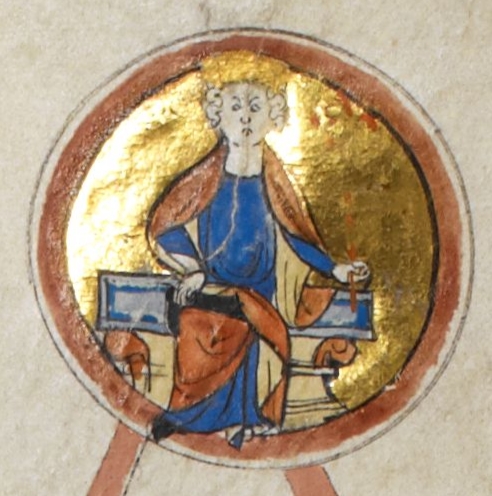



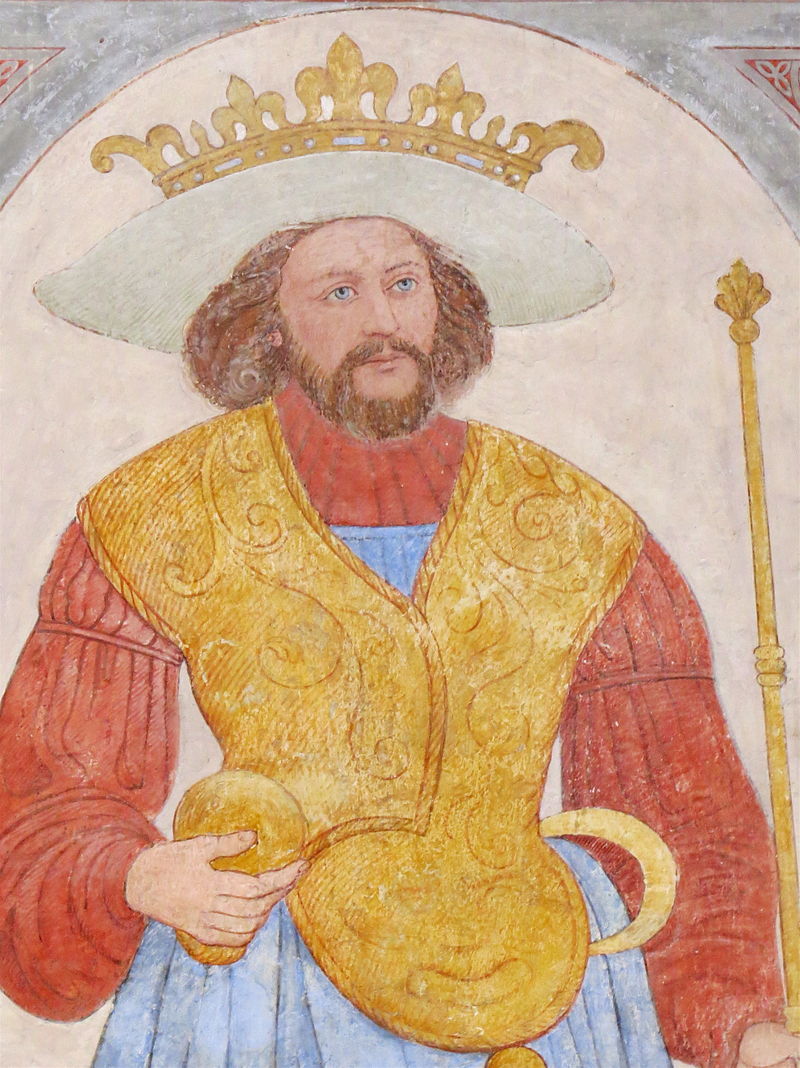
 (
(